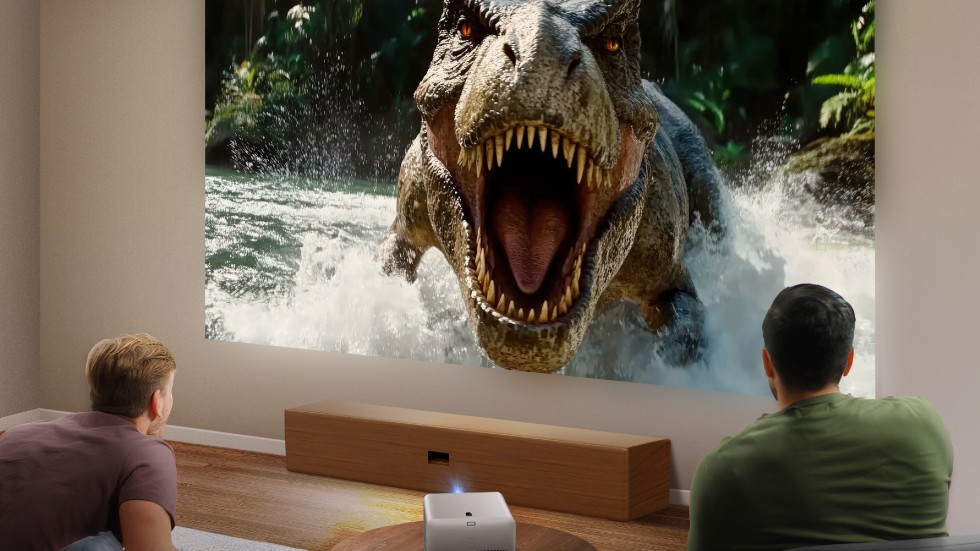Rega Planar 2 vs Pro-Ject Debut Carbon Evo: which best turntable should you buy?
These two turntable giants rule the roost in the budget arena, but which one should you splash your cash on?
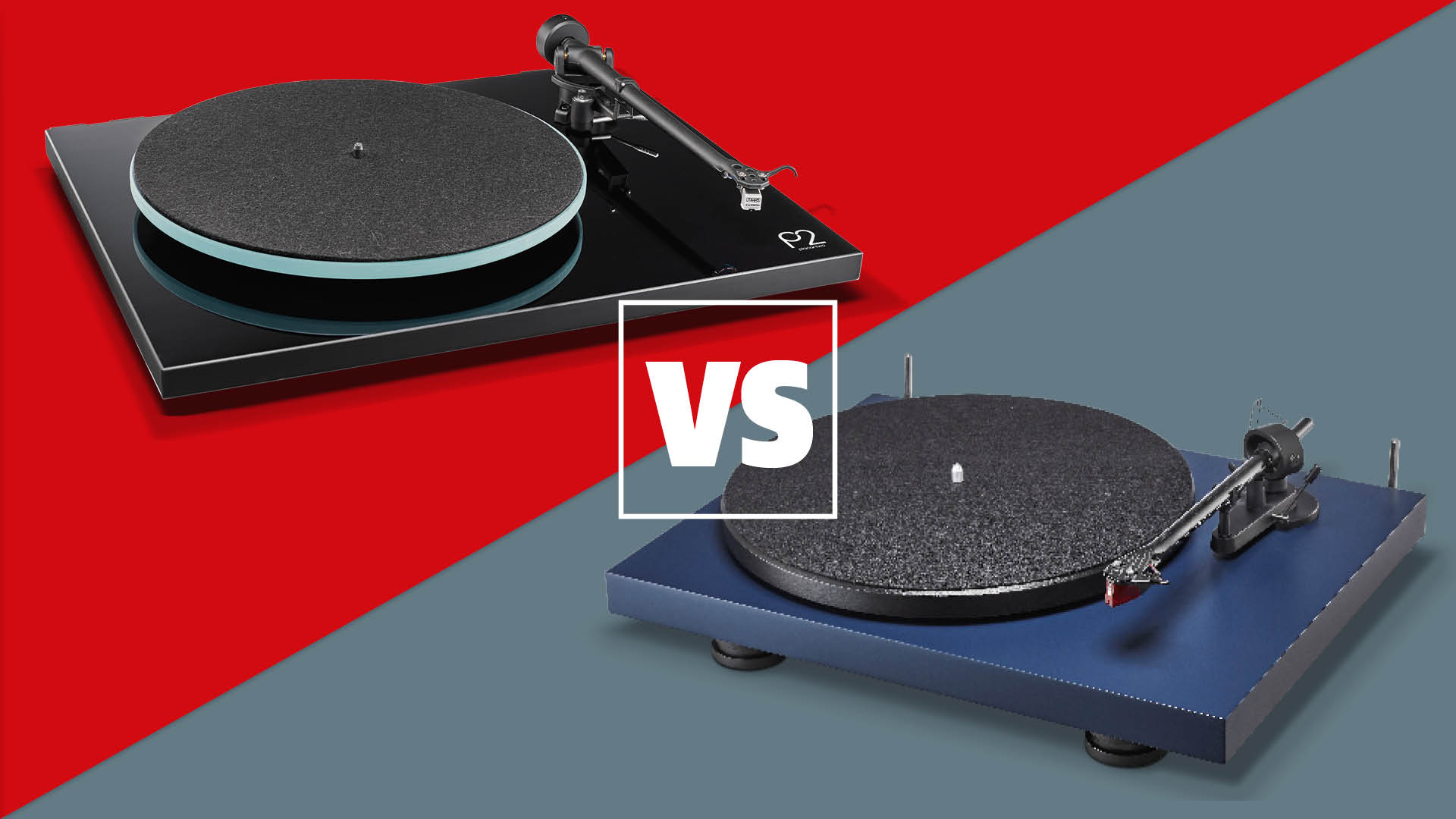
If you’ve ever taken more than a passing interest in turntables, you’ll have heard of Rega and Pro-Ject. They’re two of the biggest players when it comes to entry-level and mid-range record players, with decades of class-leading products under their respective belts.
More than likely, you’ll also have heard of the Rega Planar and Pro-Ject Debut decks. They’re among the most successful and best-loved designs from these two esteemed brands, and have each gone through a number of iterations to reach where they are today. If you want the best possible sound for this kind of money, you really need to be in Rega Planar 2 or Pro-Ject Debut Carbon Evo territory.
As ever, which is best for you will rely a lot on your situation, including any components you already have to pair it with, and a little to do with personal preference. Despite that, as these are the two best record players we’ve heard at this price, the least we can do is arm you with all the differences and particulars before you get to audition them for yourself.
- Read our Rega Planar 2 review
- Read our Pro-Ject Debut Carbon Evo review
Rega Planar 2 vs Pro-Ject Debut Carbon Evo: build
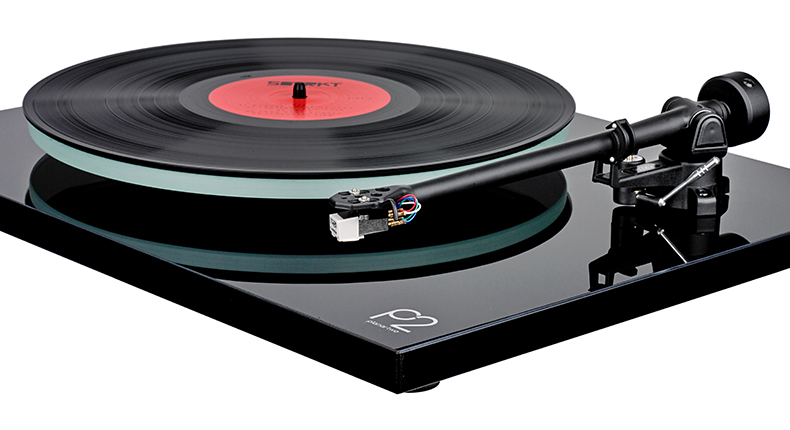
In 1976, three years after Rega’s creation, the Planar 2 launched as one of brand’s very first turntables. Its S-shaped tonearm was then replaced in 1984 with Rega’s RB250, and at the turn of the century a brand-new version of the deck – fittingly named the P2 2000 – took its place in Rega’s catalogue until 2005. Then, more than a decade later, the Planar 2 was brought back from the dead for its 40th birthday – this time with the unabbreviated ‘Planar’ name.
The Planar 2 has been on quite a journey then, so much so that the only things existing from the original are the drive belt and the plastic mouldings for the dust-cover lid hinges. That’s surprising, as a picture of the last and current-generation models side-by-side would make for a challenging spot-the-difference puzzle.
The only things you’d ring straight away are the acrylic-laminated plinth – now supposedly more rigid and, like the Planar 3, sporting a more modish black or white glossy finish – and the power switch, now underneath the plinth.
It’s a smartly understated design, and solid build quality is a sign of Rega’s long-established success at this price bracket. Less immediately obvious changes include the 24v low-noise motor, newly designed central bearing, and upgraded platter with a new floating glass ‘Optiwhite’ design. Rega also designed new feet to improve stability.
The latest hi-fi, home cinema and tech news, reviews, buying advice and deals, direct to your inbox.
Crucially, the Planer 2 is fitted with Rega’s new RB220 tonearm, which features ultra-low-friction ball bearings, a stiffer bearing housing and an automatic bias setting, making it virtually plug-and-play.
That should please newcomers who want to enjoy vinyl with minimal fuss, but be aware that the Planar 2 doesn’t have a built-in phono stage, so it needs to hook up to a stereo amplifier that has one. Or you can always buy a separate unit. That’s the case with both of these turntables, so certainly it’s not a reason to discriminate between the two.
The no-nonsense set-up requires minimal effort, save for ensuring the speed is set correctly (speed change is manual) and fixing the weight to balance the tonearm. Once the tonearm is in a floating position, setting the Carbon MM cartridge’s tracking force to the recommended 2g simply entails turning the weight a whole circle.
While we’d prefer numbers on the dial for guidance, we do find it reasonably accurate. Needless to say, buying a stylus gauge to double-check the measurement would be money well spent. It’s important that the Rega sits dead flat on a tabletop or wall bracket, too, as it is with any turntable.
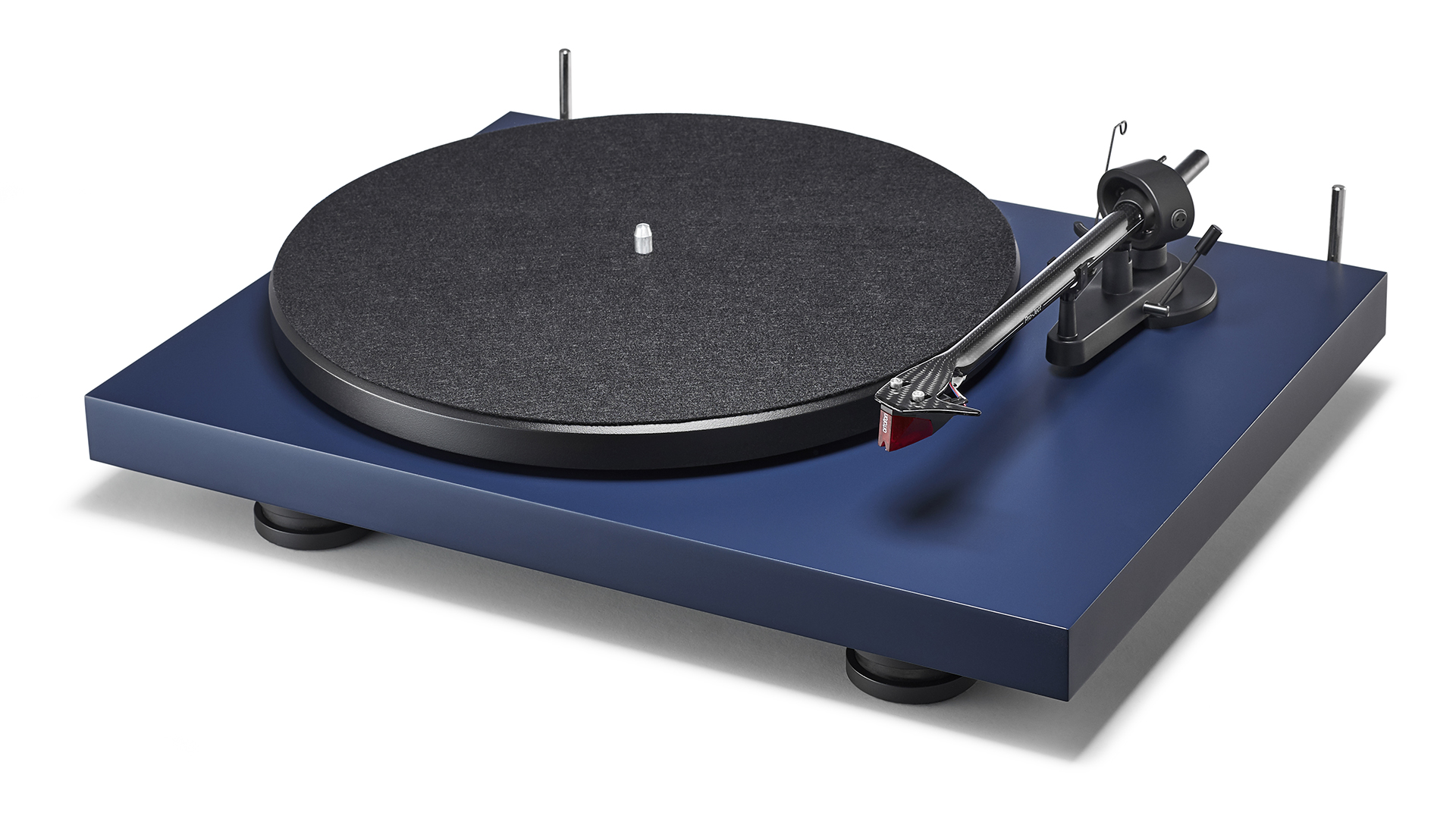
Compare all that with the Pro-Ject Debut Carbon Evo, released last year, and you’ll find they have a few core values in common. The design is equally minimalist – though Pro-Ject offers more colour options – and simplicity and ease of use are evidently held to be almost as important as sonic performance when it comes to these lower mid-range decks.
Taking its most popular turntable design and altering almost every aspect, while at the same time increasing the price, was a dangerous game for Pro-Ject; but the Debut Carbon Evo is a triumph of calculated risk-taking that takes all the jeopardy out of buying your first deck.
Pro-Ject has worked hard at making its latest Debut a class leader, but also one with the potential to be a steady midrange competitor thanks to the changes the company has made.
Among the upgrades are improved motor mounting, new height-adjustable damped feet and a heavy steel platter that weighs 1.7kg and features a thermoplastic elastomer (TPE) damping ring on the inside for quieter operation.
Perhaps most welcome, though, is the addition of a rocker switch on the bottom of the deck that allows you to adjust the rotation speed. No more removing the platter and manually readjusting the belt when you want to go from 33.3rpm to 45. Without doubt, this is an area in which the Debut scores points over its Rega rival.
**Winner** Pro-Ject Debut Carbon Evo
Rega Planar 2 vs Pro-Ject Debut Carbon Evo: features
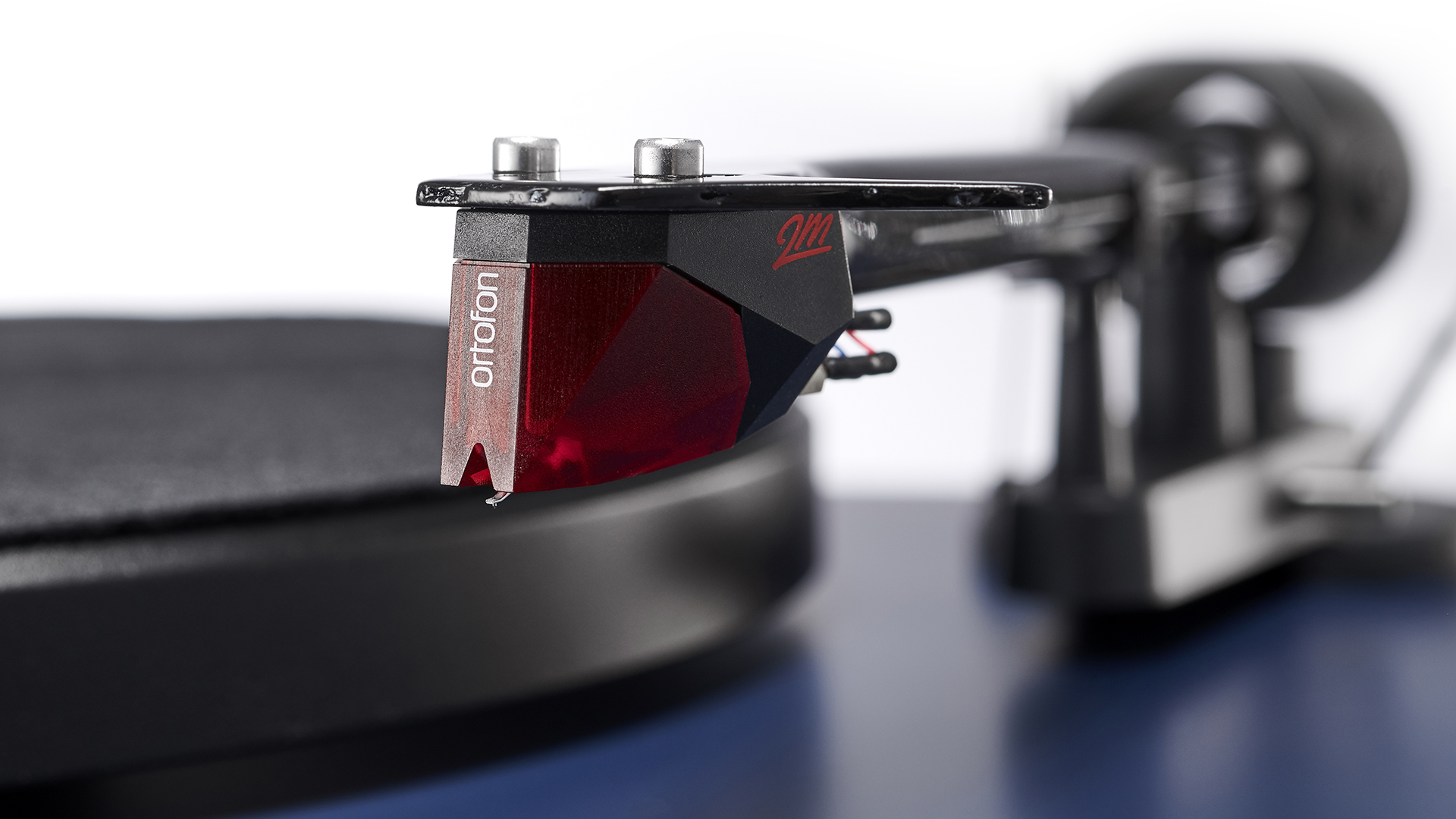
Despite that nod to convenience, we think you’ll want to interact with this record player as much as possible. Having followed Pro-Ject’s Debut line for many years, we find there’s a real sense of it reaching adulthood with the new Debut Carbon Evo.
Everything about it says it has reached maturity, from the clean lines and lack of ornamentation to the gorgeous finish of its new satin colourways. Alongside the usual high-gloss finishes – available in black, white or red – and a real-wood veneer, there are five glorious satin options (black, white, blue, green or yellow) for no extra cost.
They are lightweight and incredibly stiff, but we notice a little play in the bearings of the deck’s one-piece Carbon tonearm. But that doesn’t take away from the fact this is the best tonearm we have found on one of Pro-Ject’s Debut offerings. While most people will get the familiar Ortofon 2M Red cartridge, customers in the USA will instead find the Sumiko Rainier. Our sample features the former.
Once out of the box, you’ll have the Debut up and running in moments – just add the belt, platter and weights, and you’re pretty much ready to go. If we’re talking about speed of set-up, it’s not a race we’d like to call, though the automatic bias setting does work in favour of the Rega. In terms of ease of use, though, the Pro-Ject fires back with its automatic speed change, so in terms of features that shades it for us.
**Winner** Pro-Ject Debut Carbon Evo
Rega Planar 2 vs Pro-Ject Debut Carbon Evo: sound
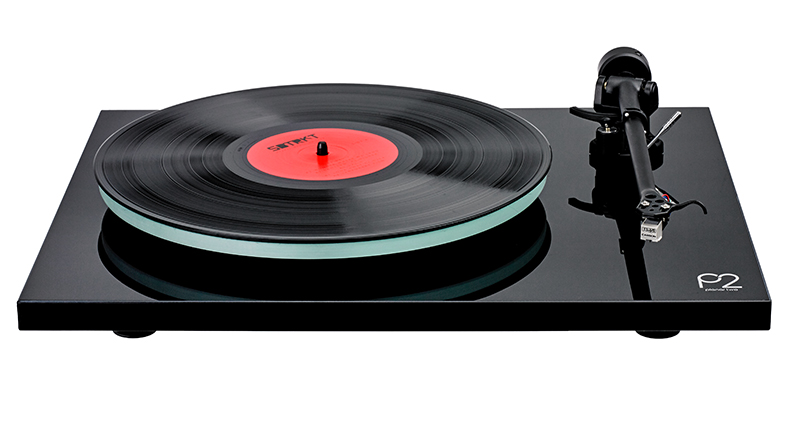
We spin SBTRKT’s Wonder Where We Land album and the Planar 2 finds its groove straight away. Anyone well versed in Rega decks will no doubt recognise its sonic stamp: balanced and authoritative with impressive scale and an inherent natural musicality.
It gets us toe-tapping to New Dorp, New York the moment the first beat thumps into being. The Rega delivers the bass line with punch, its low end earning its wings for handling the depth and texture of the guttural bass guitar in Gon Stay. And it has the agility and momentum to bounce along to Ezra Koenig’s perky vocal accompaniment. There’s insight into his playful quips, and a fitting solidity to the more thickset monologue that reveals the Rega’s midrange versatility.
Any hi-fi kit that’s going to get the best of SBTRKT has to be fairly methodical in its handling of flittering tinny beats, slicing percussion and frenetic rhythms, and while the Rega has the necessary precision and rhythmic know-how to coordinate them accurately in the soundstage, its delivery isn’t without enthusiasm.
The Rega is big-sounding enough for the lush electronic soundscapes laced with synth chords to sound bold and atmospheric too. It gets into a Saturday night feeling with the album’s pop melodies, and up-tempo drums are energetic and punctual in the mix.
It’s equally at home with the intricate, nuanced arrangements of Miles Davis’s Kind Of Blue too, rendering the dynamic subtlety and timing to grasp the music’s subtly shifting manner. It’s also comfortably capable of packing a single wistful trumpet note with texture and information.
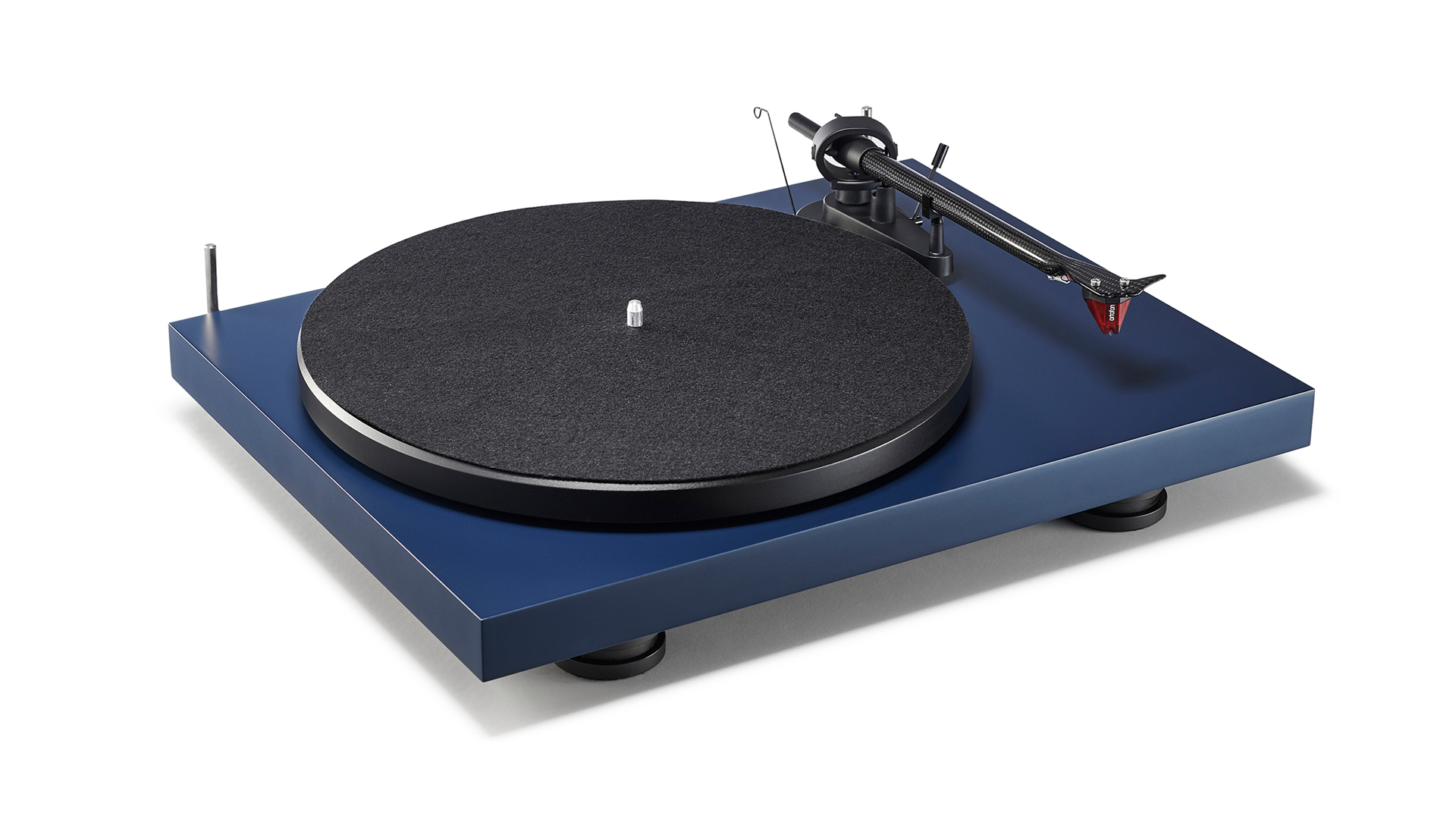
The ability to tie all the musical strands together and paint them on a precise and spacious canvas seems to come easy to the Rega, and in that aspect its delivery just works.
Despite the lack of branding, the Debut Carbon Evo’s identity as part of the Pro-Ject family is also revealed immediately as the room is bathed in its rich, full-bodied tone. Of course, that is of little surprise. The company has long proven its ability to offer up a magnificently plush midrange, with vocals so often a particular treat when given so much warmth and held up by plenty of weight in the bass.
It is also partnered with a great deal of detail and texture. Where competitors might beef up their sound in an attempt to disguise a lack of real insight, Pro-Ject here welcomes you to explore its vast sonic range, proving its aptitude for making a deck that is both easy to listen to and prepared for deeper, more analytical sessions.
That easy-listening, unfussy nature is invaluable for a turntable of this type, at this price, given the vast array of products with which it might be partnered. Even so, that would be next to worthless if the new Debut lacked the ability to engage.
It might be an area in which some of the company’s decks have been lacking recently, but in terms of dynamic expression and rhythmic precision, we are at least on par for a five-star deck at this price. The Debut Carbon Evo keeps our attention fixed with its keen ear for emotion and just enough drive to punch out staccato rhythms.
It’s certainly a more laid-back approach than that taken by the Rega Planar 2, but it’s convincing nonetheless and entirely in keeping with this Pro-Ject’s overall character. The performance might not be quite as energetic or as clean, but it isn't unattractive because of it.
**Winner** Rega Planar 2
Rega Planar 2 vs Pro-Ject Debut Carbon Evo: verdict
Whether or not the Debut Carbon Evo is the best record player for you might be decided by whether you prefer its fuller, more relaxed character or the more spritely and lean alternative of its main competitor. What is clear from the 10 stars shared between the two is that there is no clear winner for every listener.
That said, if we were pushed to pick a winner on sound only, our preference would be the Rega for its more energetic sense of rhythm and marginally more effusive way of expression. While the Pro-Ject’s luscious tone is hugely pleasant to bask in – and we have done just that for many hours – it is always rhythm and dynamics that catch our ear. It’s what music is made of; the difference between sheet music and a live performance, so that is why the Planar 2 would edge it.
But if there’s one feature we can see dictating many people’s decision, it’s Pro-Ject’s addition of a speed-change switch. At least, it more than makes up for the minor premium you have to pay to go for the Debut over the Planar 2; at best, for those with as many 45s as LPs in their collection, it could be the difference between how much you play certain records at all.
Sound quality is always our main concern, so it’s still the Rega for us, but that’s a split, rather than an unanimous, decision. The answer to which is better for you will come from hearing both for yourself, but don’t let that frustrate you – you’ll be in the company of two of the best record players ever made at this price.
MORE:
Read our guide to the best turntables across all budgets
On a tight budget? These are the best budget record players
After some eye candy? Here's the best 15 turntables of What Hi-Fi?'s lifetime
What Hi-Fi?, founded in 1976, is the world's leading independent guide to buying and owning hi-fi and home entertainment products. Our comprehensive tests help you buy the very best for your money, with our advice sections giving you step-by-step information on how to get even more from your music and movies. Everything is tested by our dedicated team of in-house reviewers in our custom-built test rooms in London, Reading and Bath. Our coveted five-star rating and Awards are recognised all over the world as the ultimate seal of approval, so you can buy with absolute confidence.

